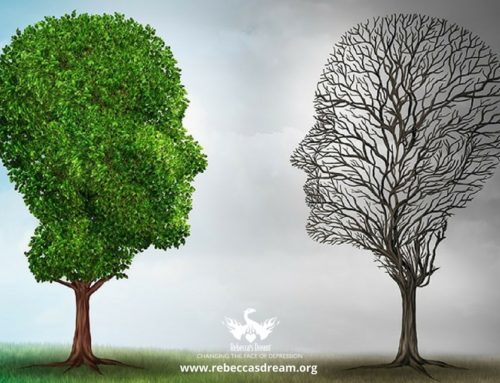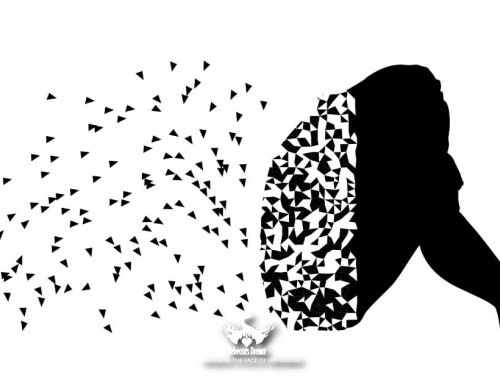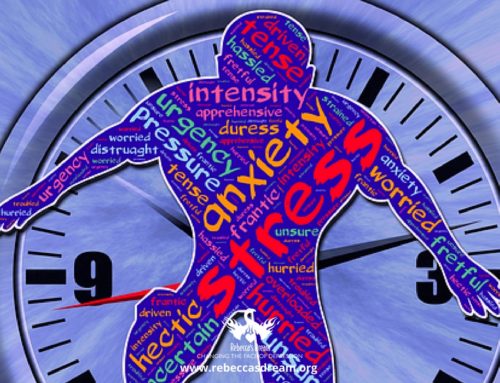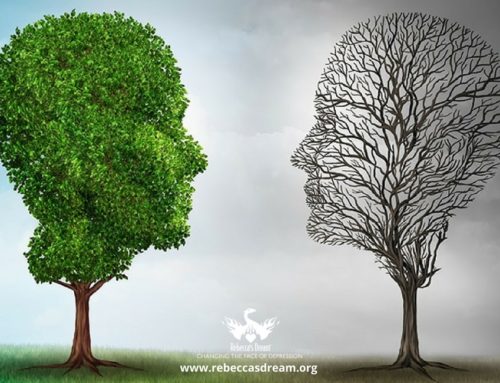Amanda Stern, a New York City-based author, confronted an unexpected realization in her mid-40s – her battle with depression had not vanished entirely. Despite overcoming clinical depression and seeing a reduction in panic attacks, she found herself entrenched in what she described as an unending, flat sadness. This revelation led her to uncover a term unfamiliar to her—dysthymia, a milder yet persistent form of depression.
In her newsletter, How to Live, Stern courageously shares her experience existing in a perpetual state of “emptiness.” She candidly divulges the tools that eventually alleviated her distress. Her journey highlights the importance of acknowledging and understanding persistent depressive disorder (P.D.D.).
Understanding Persistent Depressive Disorder
Persistent depressive disorder, lasting for a minimum of two years in adults, is characterized by chronic depression. Formerly known as dysthymia, this condition manifests in varying degrees of severity. While no longer classified as “dysthymia” in the DSM, mental health practitioners often reference it as the mild form of P.D.D.
According to Marnie Shanbhag from the American Psychological Association, milder P.D.D. cases may surface during therapy for other issues like marital problems or job stress. Individuals might express enduring feelings of low-level sadness, emotional numbness, or flatness without a discernible cause.
Stern differentiates her experiences between clinical depression and dysthymia. While clinical depression incapacitates her, rendering basic tasks impossible, with dysthymia, she manages to function, albeit with a prevailing sense of melancholy.
Dr. Paul S. Appelbaum, a psychiatry professor at Columbia University, describes severe P.D.D. as a condition where individuals might struggle with insomnia, poor appetite or overeating, concentration difficulties, low self-esteem and feelings of hopelessness.
Diagnosis and Treatment
Diagnosis of P.D.D. in adults involves reporting consistent depressive feelings for most of the day, lasting over two years. If relief occurs, it doesn’t persist beyond two months. Children and adolescents can also experience P.D.D., with symptoms persisting for at least a year.
Treatment typically involves therapy and antidepressants. Although there’s no outright cure, managing symptoms and minimizing recurrence intensity is feasible.
People living with P.D.D. may mistakenly attribute their symptoms to innate character traits. Dr. Jessi Gold, a psychiatrist, emphasizes the importance of seeking help if distress or symptoms hinder daily life, rather than accepting these feelings as intrinsic traits.
Stern encourages those feeling consistently unmotivated or disinterested in once-beloved activities to seek assistance. “You may feel alone, but you are not,” she reassures.
Final Thoughts
Amanda Stern’s candid portrayal of living with dysthymia sheds light on a condition often misunderstood or undiagnosed. Understanding P.D.D. is crucial in recognizing its symptoms and seeking appropriate help. By sharing her journey, Stern aims to destigmatize the discussion around persistent depressive disorder, offering hope and encouragement to those who may be silently grappling with similar experiences.
Remember, seeking support and treatment can be the first step towards alleviating the persistent cloud of sadness. You’re not alone in this journey.
If you or someone you know is experiencing symptoms of depression or needs immediate help, reaching out to a mental health professional or helpline is highly recommended.
Source:https:Christina Caron. “That Lingering ‘Meh’ Feeling Has a Name.” “New York Times,” December 4, 2023, https://www.nytimes.com/2023/12/04/well/mind/depression-persistent-treatment-dysthymia.html?smid=nytcore-ios-share&referringSource=articleShare




























































































